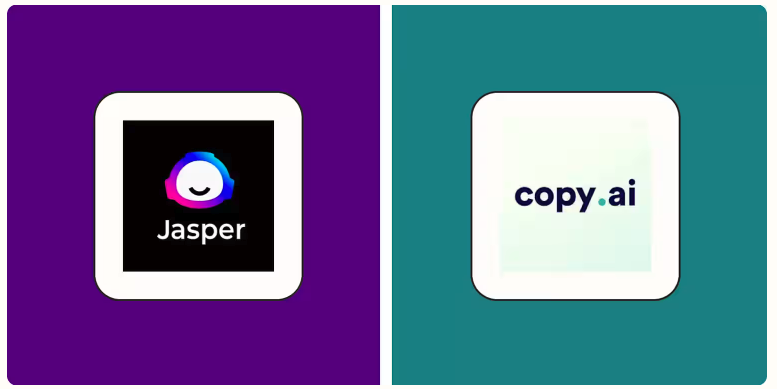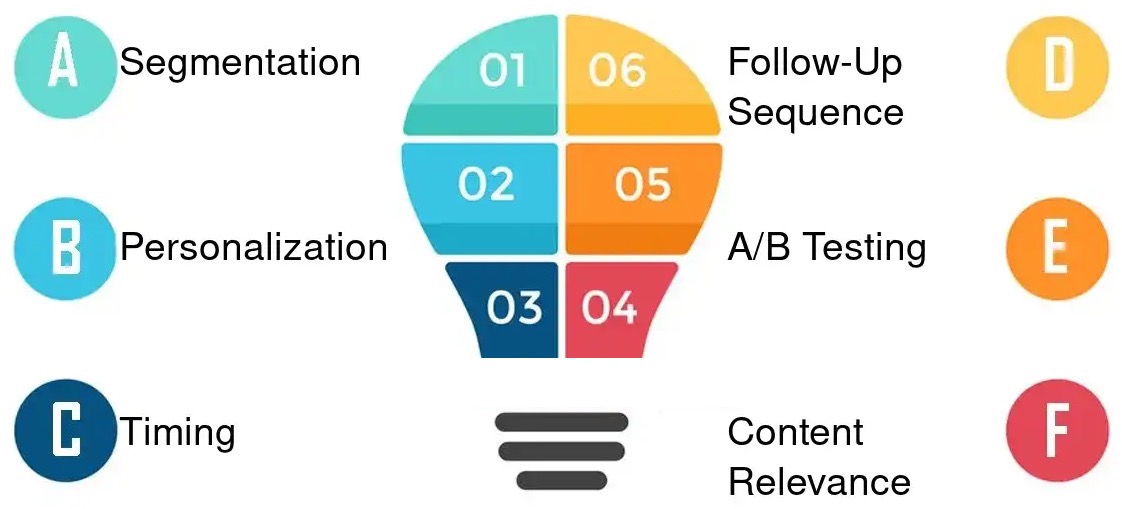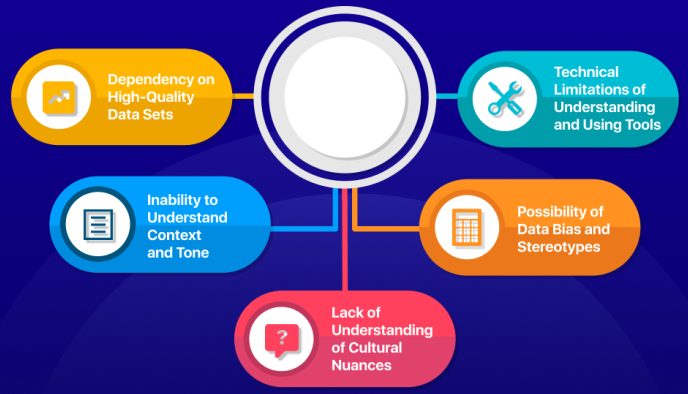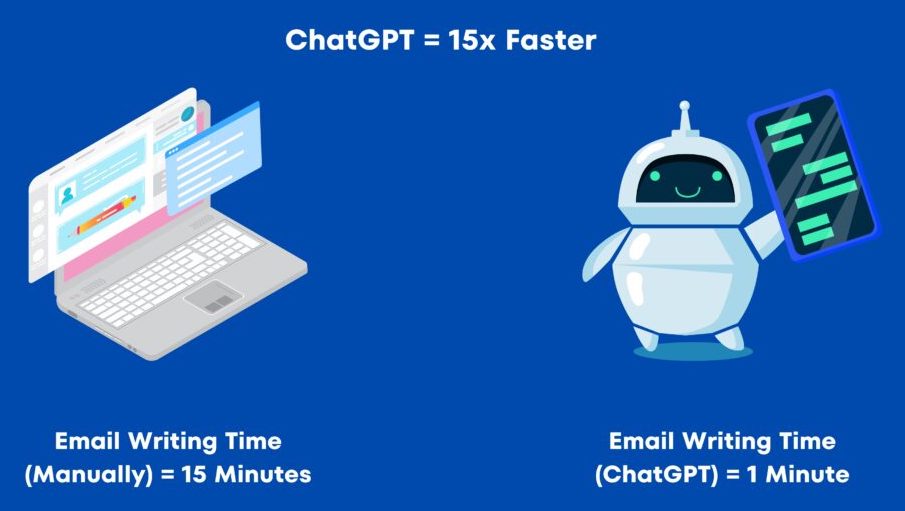Using AI for Writing Sales Emails: A Comprehensive Guide
Writing sales emails is a cornerstone of effective sales strategies, yet it can be time-intensive and complex to create emails that connect with prospects and drive conversions. Artificial Intelligence (AI) offers a transformative solution, enabling sales teams to craft personalized, engaging emails efficiently and at scale. AI for writing sales emails is becoming essential for modern sales teams looking to stay competitive and maximize their outreach effectiveness.
This comprehensive guide explores how to effectively use AI for writing sales emails to enhance your sales communication strategy. From selecting the right tools to refining AI-generated content, you'll learn actionable techniques to leverage AI for writing sales emails with confidence. Whether you're a sales representative, manager, or business owner, these strategies will help you harness the power of AI for writing sales emails to drive better results.
Why AI is Essential for Writing Sales Emails
Implementing AI for writing sales emails introduces significant advantages that streamline processes and boost effectiveness:
- Enhanced Efficiency: AI generates email drafts in seconds, dramatically reducing the time spent on writing sales emails. Sales teams using AI for writing sales emails report saving 5-10 hours weekly on email composition.
- Advanced Personalization: By leveraging prospect data, AI for writing sales emails tailors messages to individual recipients, increasing engagement rates by up to 20%.
- Creative Inspiration: AI for writing sales emails offers fresh ideas and variations, helping overcome writer's block when crafting outreach messages.
- Consistent Messaging: When using AI for writing sales emails, you ensure uniform tone and style across all team communications, maintaining brand consistency.
- Data-Driven Optimization: Some AI for writing sales emails tools provide analytics to refine email performance based on recipient engagement.

The impact of AI for writing sales emails extends beyond just saving time. Sales teams implementing AI for writing sales emails report significant improvements in response rates, with personalized AI-generated emails performing 30-40% better than generic templates. This technology transforms writing sales emails from a time-consuming task into a strategic advantage.
Selecting the Ideal AI Tool for Writing Sales Emails
Choosing the right AI for writing sales emails tool is critical for success. Consider these essential factors when selecting a platform for writing sales emails:
Key Features to Consider
When evaluating AI for writing sales emails tools, prioritize these capabilities:
- Personalization Options: Look for tools that excel at writing sales emails with personalized elements based on prospect data.
- Tone Adjustment: The best AI for writing sales emails platforms allow fine-tuning of communication style based on audience and purpose.
- CRM Integration: Seamless connection with your existing sales tools enhances the effectiveness of AI for writing sales emails.
- Template Library: Pre-built templates for common sales scenarios accelerate the process of writing sales emails.
- Analytics and Testing: Performance tracking helps optimize your approach to writing sales emails over time.
Popular AI Tools for Sales Emails
Several platforms excel at writing sales emails with AI assistance:
- Jasper: Robust AI writing assistant with specialized templates for sales outreach and follow-ups.
- Copy.ai: User-friendly platform with excellent capabilities for writing sales emails across the sales funnel.
- Lavender: Sales-specific tool combining AI for writing sales emails with coaching and analytics.
- Outreach.io: Sales engagement platform with integrated AI for personalizing and optimizing sales communications.
- HubSpot: CRM with AI features for writing sales emails that integrate with contact data.
When selecting a tool for writing sales emails, consider your team size, technical capabilities, budget, and integration requirements. Many platforms offer free trials, allowing you to test their effectiveness for writing sales emails before committing.

Step-by-Step Guide to Using AI for Writing Sales Emails
Follow this methodical approach to maximize the effectiveness of AI for writing sales emails:
Step 1: Preparation
Effective use of AI for writing sales emails starts with thorough preparation:
- Define Your Audience: Identify your Ideal Customer Profile (ICP) and buyer personas to understand pain points and priorities.
- Research Prospects: Use platforms like LinkedIn to gather relevant prospect details before writing sales emails.
- Clarify Objectives: Determine the specific goal for each email (booking a call, product demo, information sharing).
- Craft Effective Prompts: Write specific prompts to guide AI output when writing sales emails. Example prompts include:
- For Cold Outreach: "Write a cold email to a tech company's marketing manager introducing our SEO tool. Mention their recent blog post about content strategy challenges."
- For Follow-Up: "Create a follow-up email for a prospect who attended our webinar but hasn't responded. Reference their question about implementation timelines."
Investing time in preparation significantly improves the quality of AI-generated content for writing sales emails, resulting in higher engagement and conversion rates.
Step 2: Generation
Use AI for writing sales emails to produce these essential components:
- Compelling Subject Lines: Generate 3-5 options for catchy, relevant subject lines to test different approaches.
- Engaging Openings: Create personalized hooks that capture attention in the first few seconds.
- Persuasive Body Content: Develop the main message aligned with your brand voice and sales methodology.
- Clear Calls to Action: Craft specific, compelling CTAs that guide prospects toward the next step.
When writing sales emails with AI, request multiple variations to select the most effective option for your specific prospect and situation.
Step 3: Refinement
Human oversight is essential when using AI for writing sales emails:
- Add Personal Elements: Incorporate specific, non-obvious details about the prospect that demonstrate genuine research.
- Ensure Authenticity: Adjust tone to sound human and empathetic, avoiding robotic language common in writing sales emails.
- Verify Information: Check all claims and data for accuracy before sending AI-generated sales emails.
- Optimize for Readability: Adjust formatting, paragraph length, and flow to enhance engagement when writing sales emails.
- Proofread Thoroughly: Correct any grammar, spelling, or style inconsistencies to maintain professionalism.
This human touch transforms good AI-generated content into exceptional sales emails that connect with prospects on a personal level.

Advanced Strategies for Mastering AI in Sales Email Writing
Elevate your AI for writing sales emails strategy with these sophisticated techniques:
A/B Testing Approach
Implement systematic testing when writing sales emails with AI:
- Create multiple variants of key email elements (subject lines, openings, CTAs)
- Send different versions to similar prospect segments
- Track performance metrics (open rates, click-through rates, responses)
- Analyze results to refine your approach to writing sales emails
Organizations that implement A/B testing when writing sales emails with AI consistently achieve 15-25% improvements in engagement metrics over time.
Developing Follow-Up Sequences
Use AI for writing sales emails to create cohesive follow-up sequences:
- Plan interconnected messages that build upon previous communications
- Maintain context while adding new value in each follow-up
- Use AI to suggest appropriate timing between messages
- Automate personalized follow-ups based on prospect behavior
Effective follow-up sequences created with AI for writing sales emails can increase conversion rates by up to 70% compared to single-touch approaches.
CRM Integration for Enhanced Personalization
Connect AI for writing sales emails with your CRM for advanced personalization:
- Leverage prospect data directly from Salesforce, HubSpot, or other CRMs
- Incorporate company information, past interactions, and sales stage into emails
- Track email performance to inform future AI prompts when writing sales emails
- Build prospect profiles that enhance personalization over time
This integration creates a virtuous cycle where each interaction improves future communications when writing sales emails with AI.
Ethical Considerations
Maintain ethical standards when using AI for writing sales emails:
- Be transparent about AI use if appropriate in your industry/context
- Prioritize data privacy and security when handling prospect information
- Avoid misleading claims or manipulative tactics in AI-generated content
- Balance automation with authentic human connection
Ethical use of AI for writing sales emails builds trust and strengthens customer relationships over time.

Before and After: AI Transformation of Sales Emails
Here's how AI for writing sales emails can transform outreach quality:
Before Using AI:
Subject: Hi There
Hello,
I wanted to tell you about our product. It's great and has many features that could help your company. We have many satisfied customers.
Let me know if you're interested.
Thanks,
[Your Name]
After Using AI + Human Refinement:
Subject: Streamline Marketing Analytics at [Prospect's Company]
Hi [Prospect's Name],
I noticed [Prospect's Company] recently expanded your digital marketing initiatives, as mentioned in your LinkedIn post about hiring three new team members.
Many growing marketing teams struggle with data fragmentation across platforms. Our analytics solution has helped companies like [similar company] consolidate their marketing data, saving their team 15+ hours weekly and improving campaign ROI by 28%.
Would you be available for a 15-minute call next Tuesday to explore how we might help your expanded team achieve similar results?
Best regards,
[Your Name]
This refined example demonstrates how AI for writing sales emails creates more engaging, targeted, and effective communications when paired with human oversight.
Common Pitfalls to Avoid When Using AI for Sales Emails
Steer clear of these mistakes when implementing AI for writing sales emails:
- Robotic Tone: Ensure emails sound human and conversational, not like automated messages.
- Generic Messaging: Even with AI, avoid one-size-fits-all approaches to writing sales emails.
- Insufficient Personalization: Always supplement AI content with unique prospect details beyond basic mail merge fields.
- Over-Reliance on AI: Use AI as a tool, not a replacement for understanding customer needs.
- Brand Voice Inconsistency: Maintain your company's distinctive voice when writing sales emails with AI.
- Excessive Volume: Don't use AI to send more emails—use it to send better, more targeted communications.
- Neglecting Testing: Continuously test and refine your approach to writing sales emails.
Avoiding these common pitfalls ensures that your implementation of AI for writing sales emails enhances rather than detracts from your sales communication strategy.

The Future of AI in Sales Email Writing
As technology evolves, expect these advancements in AI for writing sales emails:
- Enhanced Contextual Understanding: Next-generation AI will better grasp nuanced business contexts for writing sales emails.
- Predictive Analytics: AI will suggest optimal sending times and content based on prospect behavior patterns.
- Multi-channel Coordination: Tools for writing sales emails will integrate with other communication channels for cohesive outreach.
- Emotional Intelligence: More sophisticated sentiment analysis will refine tone and emotional resonance in sales communications.
- Interactive Elements: AI will generate dynamic, interactive email content that engages prospects in new ways.
Staying current with these developments will ensure your approach to writing sales emails remains cutting-edge and effective.
Conclusion
Integrating AI for writing sales emails can yield significant results with less effort. By following this comprehensive guide, you can harness AI's power while preserving the human touch essential for building prospect relationships. From preparation to refinement, each step in the process of writing sales emails with AI contributes to more effective sales communications.
Start experimenting with AI for writing sales emails today to transform your sales outreach. Begin with a single email type, such as initial cold outreach or follow-ups, then expand as you gain confidence and see results. The most successful implementations balance technology with human insight, creating sales communications that are both efficient and genuinely engaging.
By embracing AI for writing sales emails as a strategic sales tool, you position your team to achieve better results with less effort, ultimately driving increased conversion rates and sales success in today's competitive business landscape.






